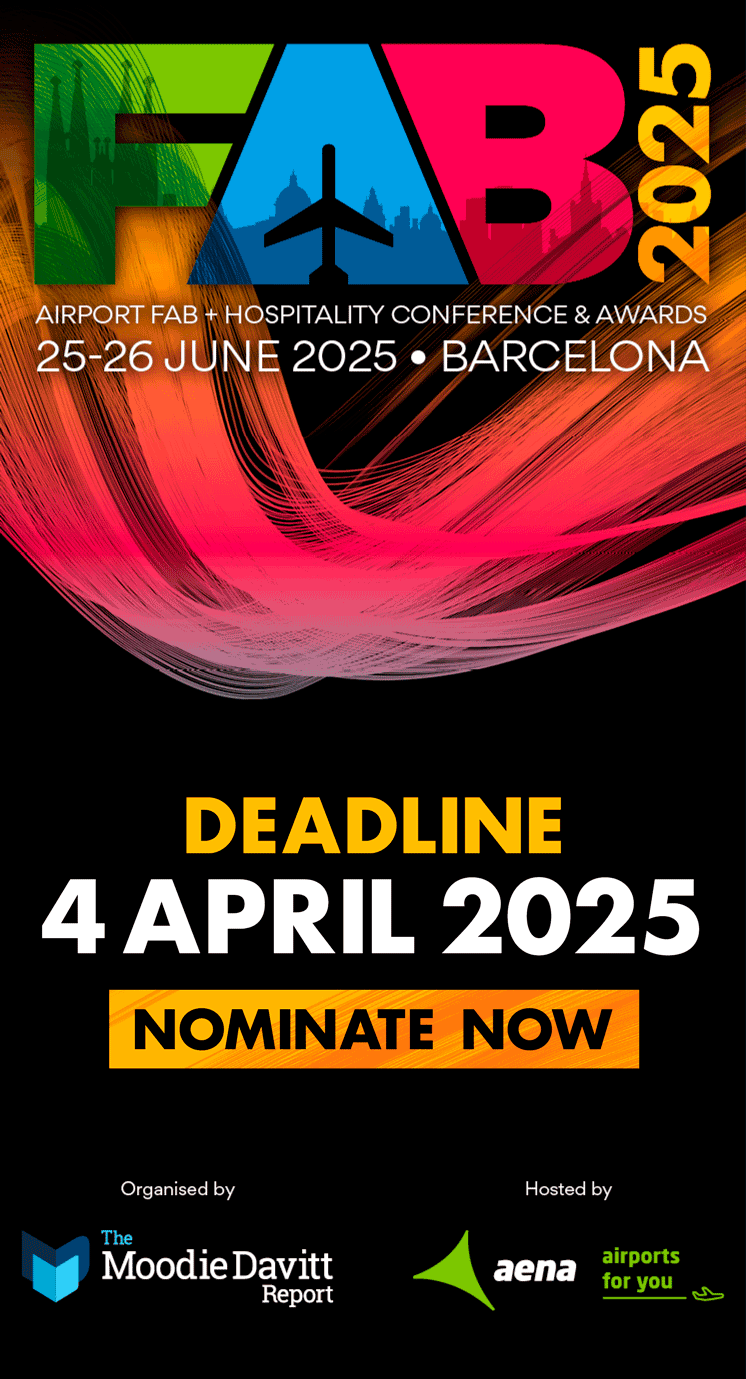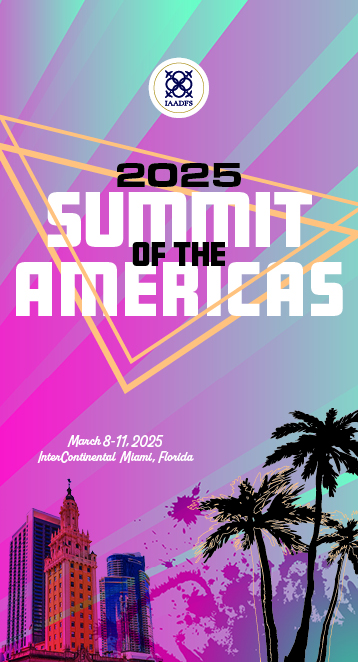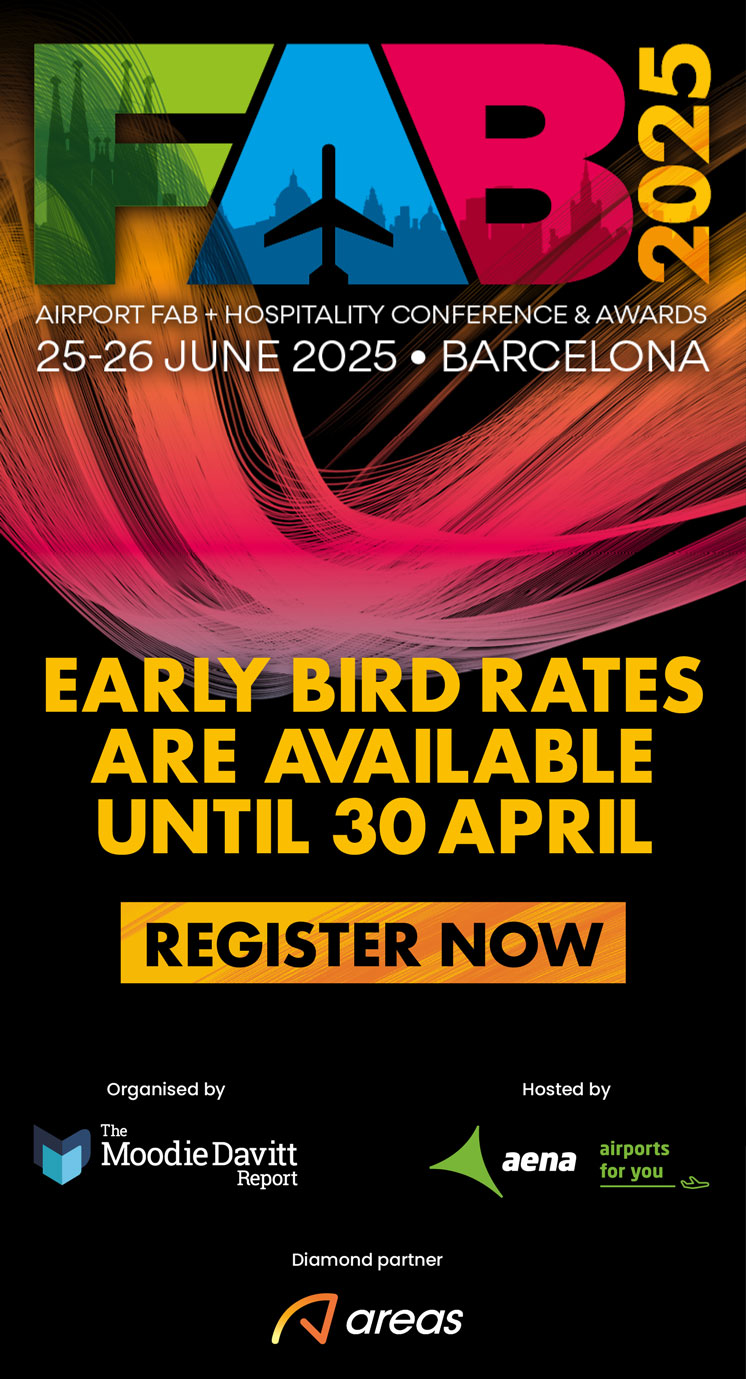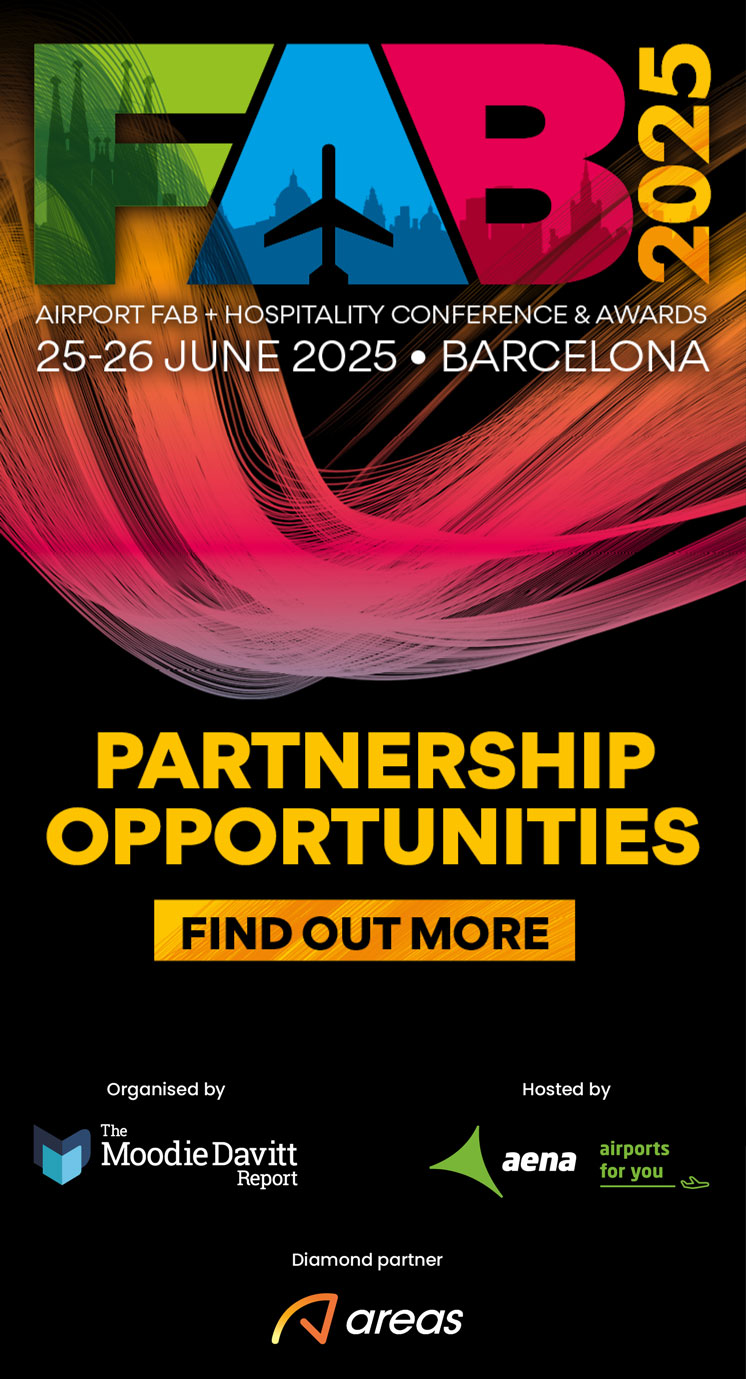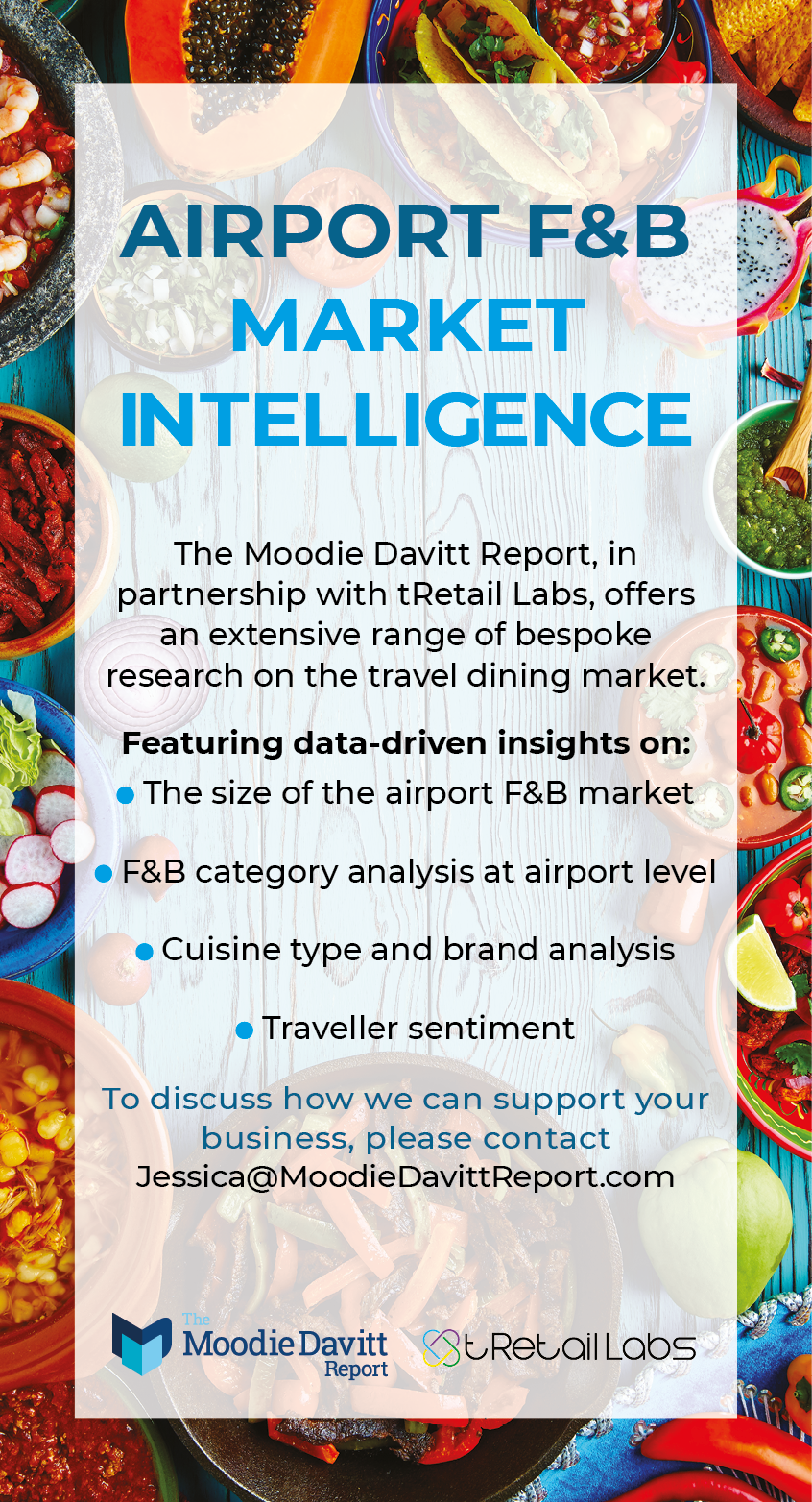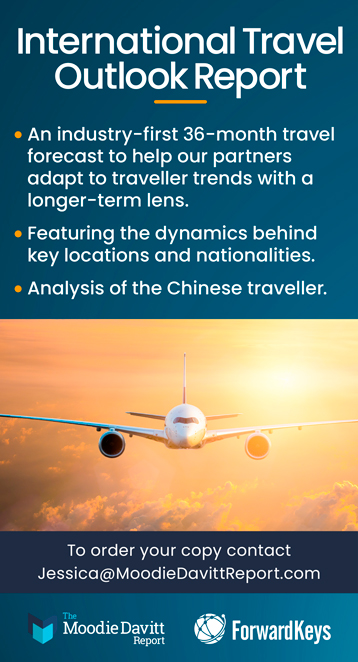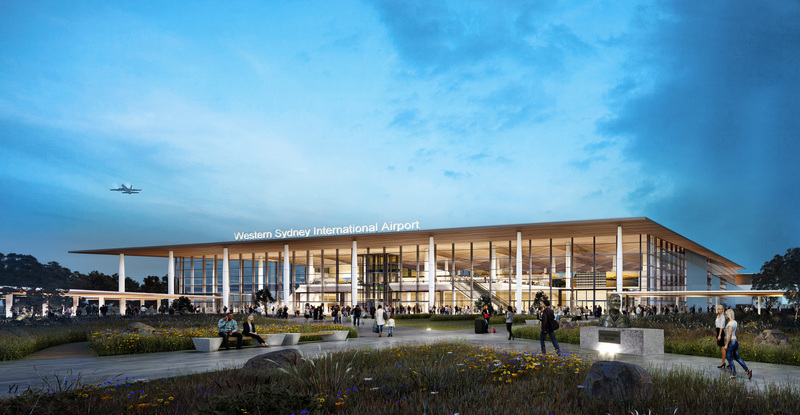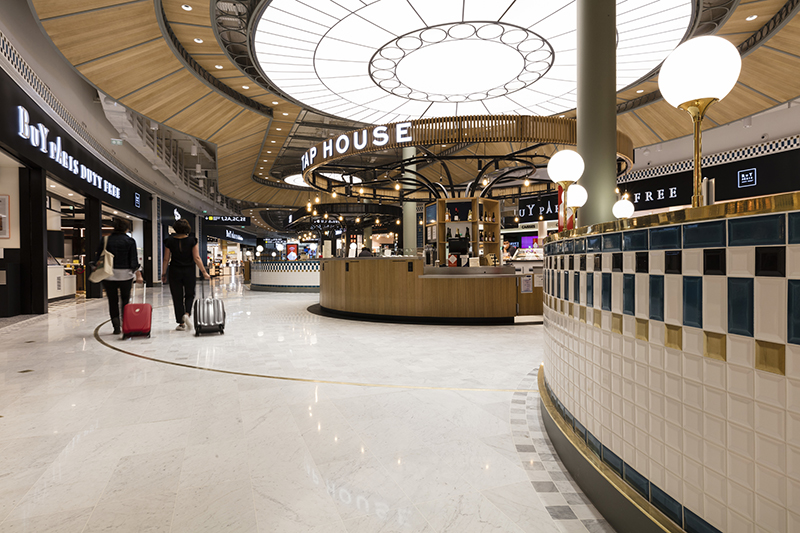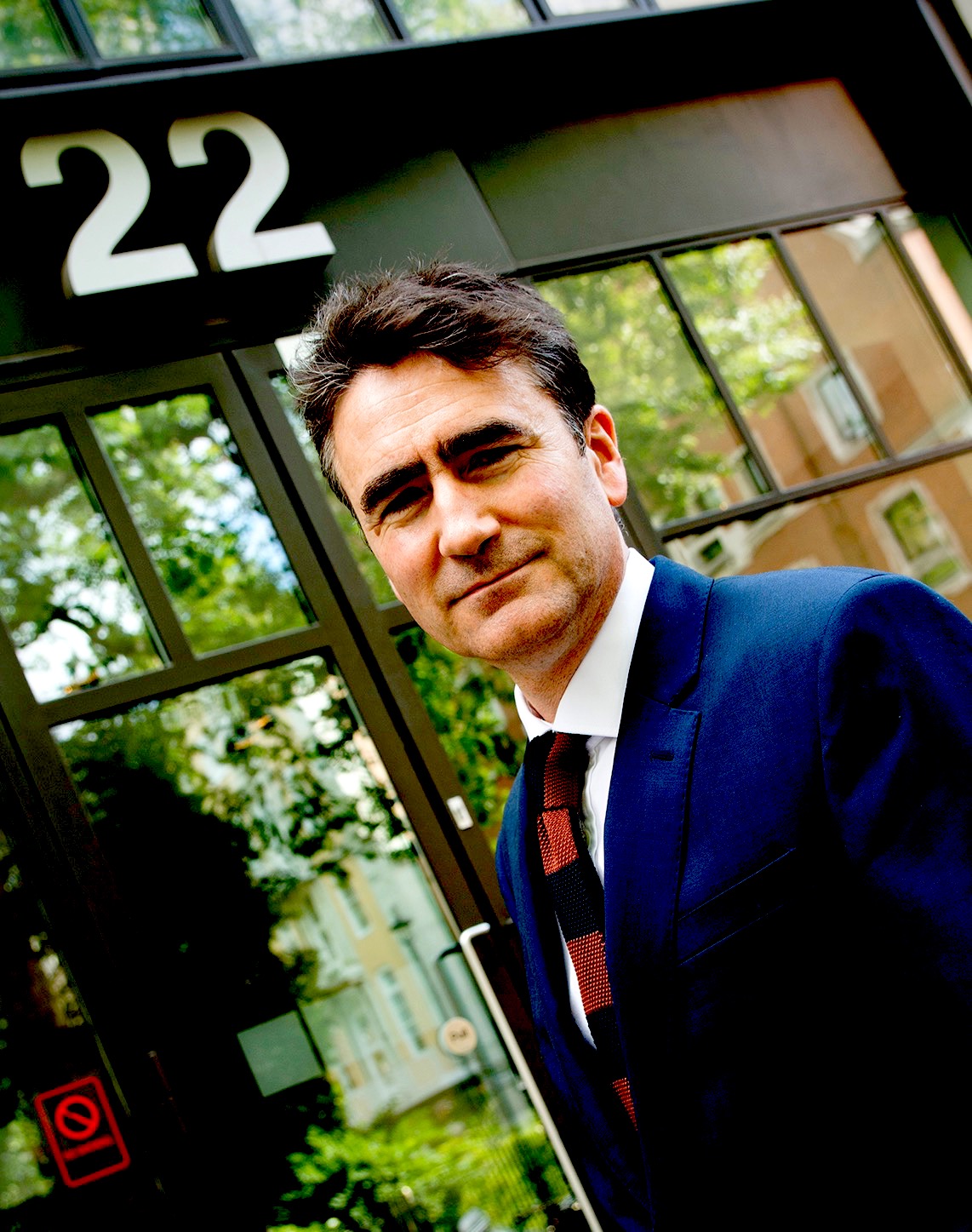
In early March, The Moodie Davitt Report featured a piece on how questions were being asked about airport advertisers’ contractual commitments in the face of plummeting passenger numbers, and the ongoing negotiations for relief against those same commitments, writes Lee Lawrence.
The standout comment for me was from a Clarins spokesperson, who said they were negotiating with their media owner to reduce fees and postpone campaigns until traffic catches up, but they were facing “a tough battle”. I read this and my heart sank.
As someone who’s sat on all four corners of the airport advertising negotiating table – media owner, airport operator, media agency and client – I have a degree of sympathy with all parties.
It is certainly not within the media owners’ interests to leave their clients hanging whilst protracted negotiations for rent relief continue with their airport landlord. You don’t need to be Hercule Poirot to deduce that the likely culprit that is preventing them from immediately acquiescing to their advertisers’ perfectly justifiable requests is the cold draught of the minimum annual guarantee (MAG).
On the other hand, an airport operator can reasonably point to their concessionaire agreement and point out that this is why they appoint a third-party media owner in the first place – to deal with such issues. If there’s no provision within that contract to provide rent relief then why should they? To answer that question, we need to remind ourselves of how far this medium has evolved and consider what opportunities and threats will either drive or stymie growth in the future.
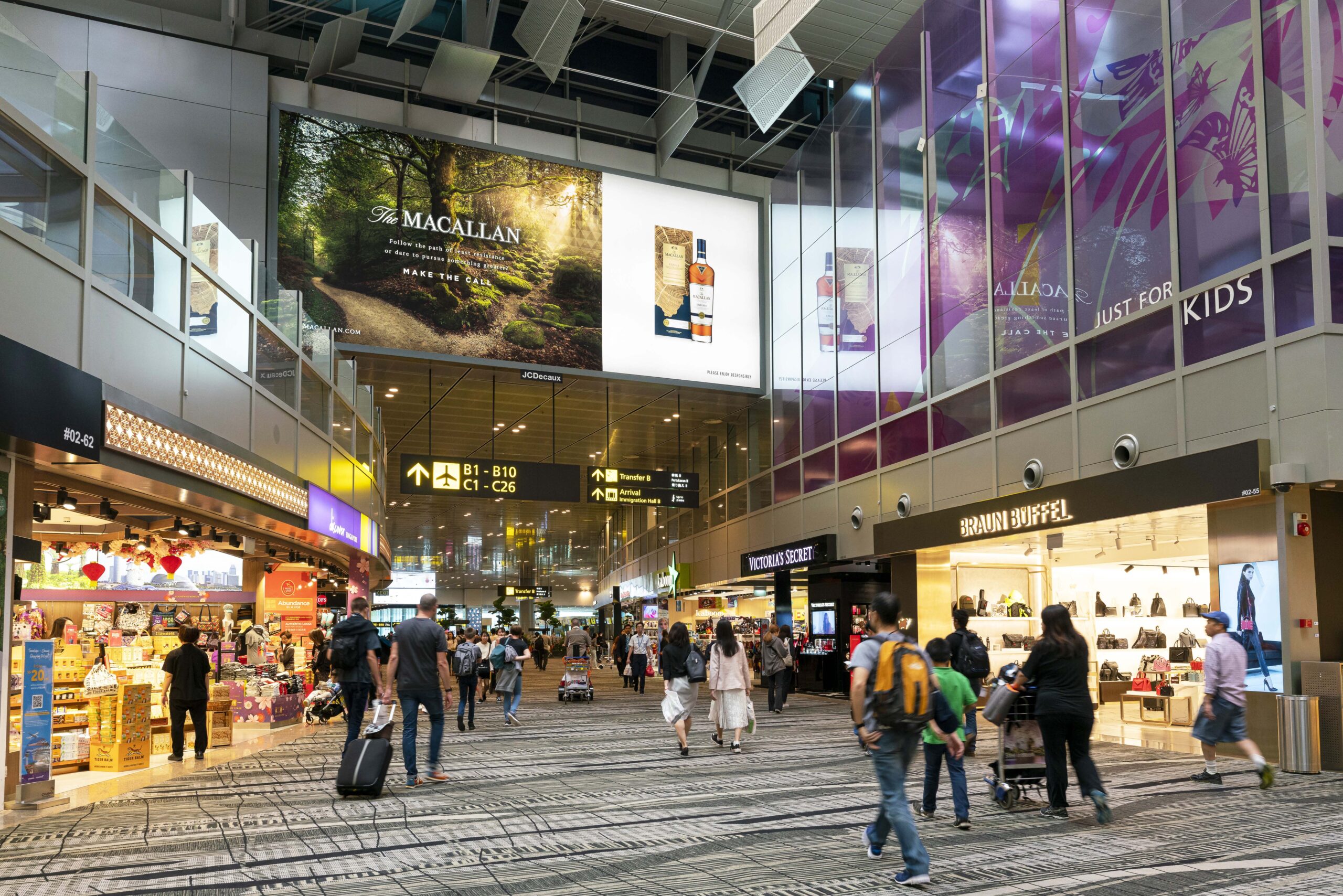
Over the last decade or so, airports have been transformed into beautiful, light and airy terminals that capture the imagination and can offer a place of wonder and excitement to travellers. At the same time, media owners have created wonderful new canvases for premium brands to target an audience that remains second to none. Towering lightboxes and dominant razor-sharp digital screens are now as much a part of the airport environment as upscale retailers.
However, all that investment has come at a cost and someone has to foot the bill. The days of lounges and piers being dominated by row after row of long-term advertisers with bland generic copy are long gone. Today, most capital city and hub airports are a showcase for aspirational brands and they are expected to pay a premium for that privilege. They in turn quite rightly expect to get what they pay for.
Regardless of contractual terms, airports need to view advertisers as their clients and not just leave it to the media owner to nurture those relationships. Airports often talk about the desire to ‘own’ the passenger relationship, why shouldn’t that equally apply to their advertisers?
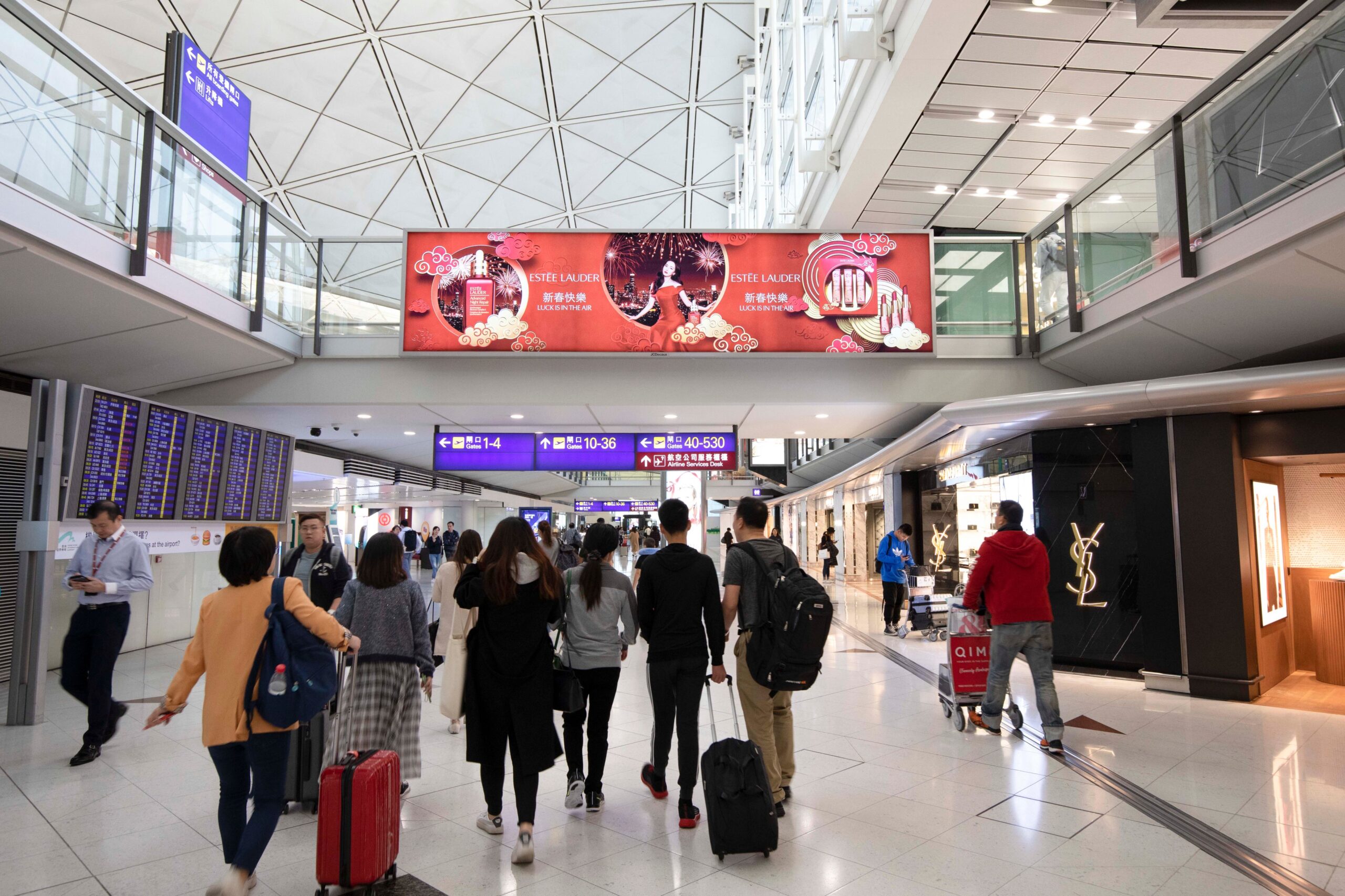
In these uncertain times where there is no certainty as to when passenger numbers will return to pre-COVID levels, both parties need to work together in partnership to present a unified front and reassure clients that they will receive the audience numbers they were expecting when they originally signed their contract.
That doesn’t necessarily mean refunds. A freeze or reduction on rent, added value and contract extensions are all options that have been successfully deployed in the past when faced with unexpected dramatic downturns in passenger traffic such as SARS and 9/11. That, in turn, requires a realistic reduction in MAG to the media owner. The industry is going through an unprecedented level of turmoil, the economic effects of which cannot be understated. But what is clear is that the approach of ‘let’s wait and see’ or ‘we’ll discuss compensation at the end of your contract’ are not an option. Better to be on the front foot and address the issue sooner rather than later.
No one should be under the illusion that airport advertisers can be taken for granted and will always return come what may. The refrain ‘what other choice do they have?’ no longer stands up to scrutiny. Sophisticated planning means there are now a plethora of engaging media options to target this same audience right along the travel corridor, from the moment they go online to book a flight to the point at which they buckle up onboard. With brands wanting to build ever closer relationships with the consumer, and with a smartphone being the second most important travel item behind a passport, you ignore these digital touchpoints at your peril.
The key takeout should be this: clients have long memories. Those airport operators and media owners that are proactive and look after their clients today are likely to reap the benefits of an even closer and profitable relationship in the future.

